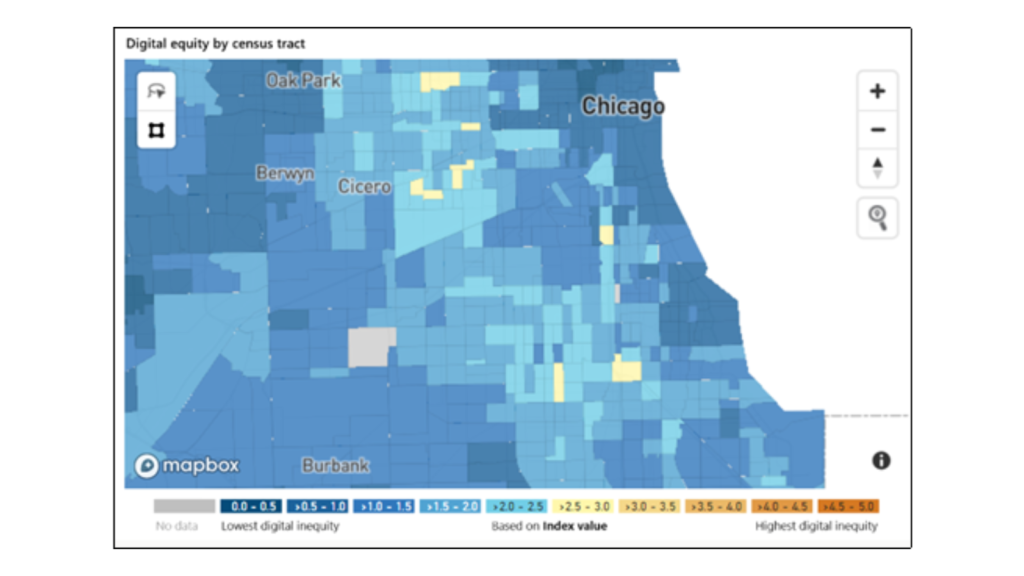The FCC plans to unveil its long-awaited new and improved National Broadband Map sometime later this year, but in the meantime telecom providers and other interested parties can consult a new mapping option developed by Microsoft.
Impact: It’s well known that the FCC’s broadband map has historically lacked accuracy on broadband availability because it depends on flawed data collection from broadband providers. This is why the FCC is working on a new map using a different data collection methodology created from a dataset of all locations in the U.S. where fixed broadband can be installed.

FCC Chairwoman Jessica Rosenworcel says this dataset, which is known as a fabric, geocodes all locations to achieve a more accurate picture of U.S. broadband coverage. The upgrade in accuracy will be critical as the new FCC map provides much of the basis for the federal government’s distribution of $42.5 billion in BEAD program funding from last year’s infrastructure legislation to expand broadband access nationwide.
But in the meantime, Microsoft has stepped into the gap with its own interactive coverage map built on the company’s Power BI tool called the Digital Equity Data Dashboard. The Microsoft mapping tool was created by the company’s Chief Data Science Officer Juan Lavista Ferres and the Microsoft AI for Good Lab, and it drills down to the census tract level using public data from the FCC’s existing broadband maps, the U.S. Census Bureau, website BroadbandNow, and broadband usage data Microsoft has collected as part of its business operations. It’s designed not so much to show where high speeds are readily available, but rather to help identify locations across the country where households lack access to high-speed broadband service.
It does this by combining 20 different indicators of digital equity into an aggregated score that then identifying a location’s digital inequity score. Among the indicators in the formula are broadband access, usage, education, and poverty rates. Microsoft has long criticized the FCC’s broadband maps, so it’s not surprising that it claims better accuracy what than the FCC’s existing broadband coverage maps offer. The company also pointed out that the tool highlights gaps in the FCC’s understanding of the digital divide, such as its limited ability to track unserved and underserved locations in urban areas. With the Microsoft tool, policymakers can drill down to the neighborhood level in big cities, which should help with efforts to narrow the digital divide in urban areas.
A number of states, including Florida, Georgia, New York, Tennessee, Texas, and Virginia, are also working to develop their own broadband coverage maps, which they’ll use in concert with the coming FCC map updates to best determine where their share of the BEAD funding should be directed at the state level. In the meantime, policymakers across the country can put Microsoft’s tool to good use as they prepare to meet the requirements of the BEAD program, which will deliver billions of broadband dollars to each state.
